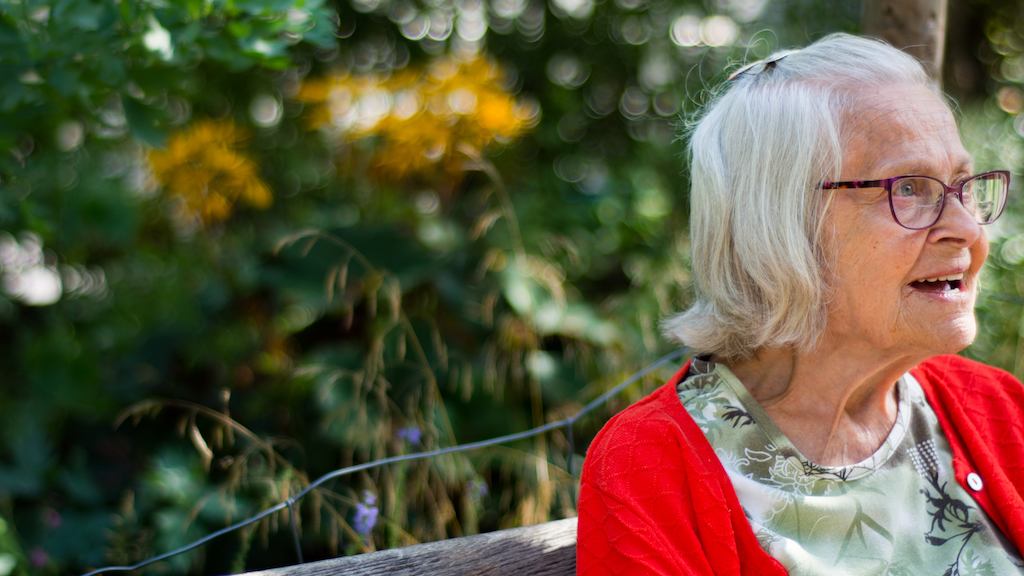The 100-year life: the role of housing, planning and design

One in three children born in the UK today can expect to live to 100 – presenting challenges and opportunities to innovate.
Co-producing housing, planning and design solutions with older people can support us to live independently in our own homes for longer – and generate new markets.
A new paper sets out recommendations for central and local government, builders, planners, designers and lenders.
The 100-year life: the role of housing, planning and design is published jointly by the Social Care Institute for Excellence, the Design Council and the Centre for Ageing Better, and is based on a workshop held earlier this year.
The 100-year life: the role of housing, planning and design
Read moreThe paper looks at four key areas:
- Integrating housing alongside health and care
- Making finance more flexible
- Creating age-friendly communities
- Engaging with older people in designing new products from kitchens to transport.
Recommendations have already been shared with the Department of Health and Social Care to support the forthcoming Green Paper on Care for Older People, and the existing Industrial Strategy’s Grand Challenge on Ageing.
Policy paper: the grand challenges
Read moreSpeaking at the launch of the report at Age UK London Loneliness and older Londoners conference today, SCIE’s Chair, Paul Burstow, says:
"Our longer lives are a reason to innovate, not just to celebrate. We need to shift our thinking around housing, health and care to ensure that people can live healthy and happy lives for longer and reduce the health inequality that exists across the UK. The forthcoming Green Paper is an opportunity to bring all these resources to bear to improve the quality of later life."
Anna Dixon, Chief Executive, Centre for Ageing Better says:
"The Government’s focus on supporting people in later life is a golden opportunity to align policy on health, housing and care around the goal of helping us to live independently in a home and community that meets our needs. We must build homes that are accessible and adaptable to meet the needs of current and future generations, and work with developers and local authorities to create age-friendly environments across the UK. We also need to think innovatively about how we use funding like the Disabled Facilities Grant (DFG) to ensure speedy access to home adaptations, make sure people have the flexibility to borrow money and enable them to use their personal care budgets in a way that works best for them."
Sarah Weir OBE, Design Council CEO, says:
"As we live longer we are presented with new challenges but also opportunities. To realise these a shift in thinking is required. By galvanising our collective insight and bringing together a diversity of experience and skills, we can generate new approaches, insights and solutions that are people centred. Engaging with people in later life we can co create solutions that respond to their daily needs, designing products, services, homes and neighbourhoods that support their health and wellbeing and ultimately us all."
Recommendations
- Local leaders should align health, housing and care systems around a shared objective of helping people to live independently in a way that is suited to their age.
- Government should provide greater flexibility of finance by increasing age limits on lending, extend personal health care budgets to factor-in housing adaptions, and encourage the Disabled Facilities Grant to be used more innovatively to ensure speedy access to home adaptations.
- Age-friendly communities should be the norm; ninety per cent of new homes should be built to accessibility standards, local and neighbourhood plans should include age-friendly environments, and housing developers should prove that they are being age-friendly.
- People who use services and their carers should be central to the design, delivery and evaluation of services. ‘Co-production’ can build and understanding and skills of policy-makers, commissioner, planners, designers and housing professionals in the practice of co-production.
Case study: Age-Friendly Leeds
In Leeds, the Age Friendly Team has established Me and my Home, an older people’s housing strategy developed in partnership with the Older People’s Forum - with support from the Centre for Ageing Better. Using co-production, older people are involved in shaping the housing offer in Leeds, including the design of extra care housing schemes, with the first one to open at Wharfedale View - and a further potential six sites that have been identified.
The new partnership between Leeds City Council, Leeds Older People’s Forum (LOPF) and the Centre for Ageing Better will build on Leeds’s existing commitment to being an Age-friendly city and the best city to grow old in. Over the next five years, the partnership will apply evidence of ‘what works’ to create a better later life for older residents, now and in the future, and help to tackle social and health inequalities experienced by people in later life across the city.
The report’s authors conclude that we need a whole-population, whole-place approach to planning for our future health, care, housing and support system at both the national and local levels.
Figures used in the report
- By 2025, 8.2 million households will be headed by someone who is 65 or over - an increase of 23 per cent from 2015 (DCLG, 2016).
- Homes headed by someone aged 85 and over are the fastest growing household (MHCLG, 2016).
- More than 90 per cent of people in later life live in mainstream housing (ONS, 2011)